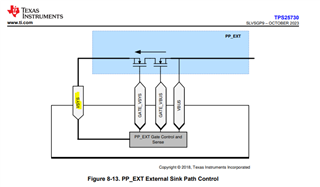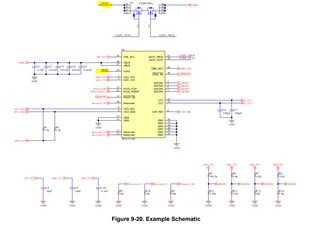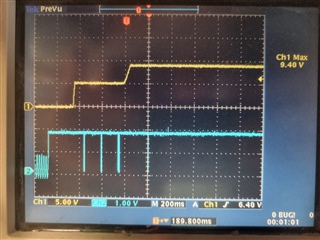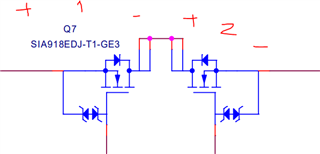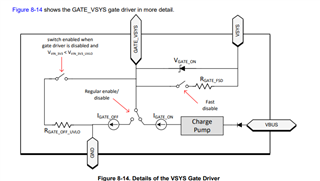Tool/software:
Hello, we have implemented your TPS25730 controller in our electronics, but before doing so, we were able to determine its operation by manipulating your TPS25730EVM test kit, configured to supply 20V and a minimum current between 0.5 and 1.5A. To do this, we toggled the switches as follows:
SW5 for ADCIN1: value 4
SW4 for ADCIN2: value 7
SW3 for ADCIN3: value 0
SW2 for ADCIN4: value 3
This allows us to verify proper operation, and therefore 20V.
This is with a 100W charger.
So we took inspiration for our electronics as shown on the supplied components, fixing the divider bridges by referencing your model, but it doesn't work, the measured output voltage fluctuates from 5V to 0V?....
Knowing that there are few external components to do this, what do you think the problem would be? Thank you for your support.




